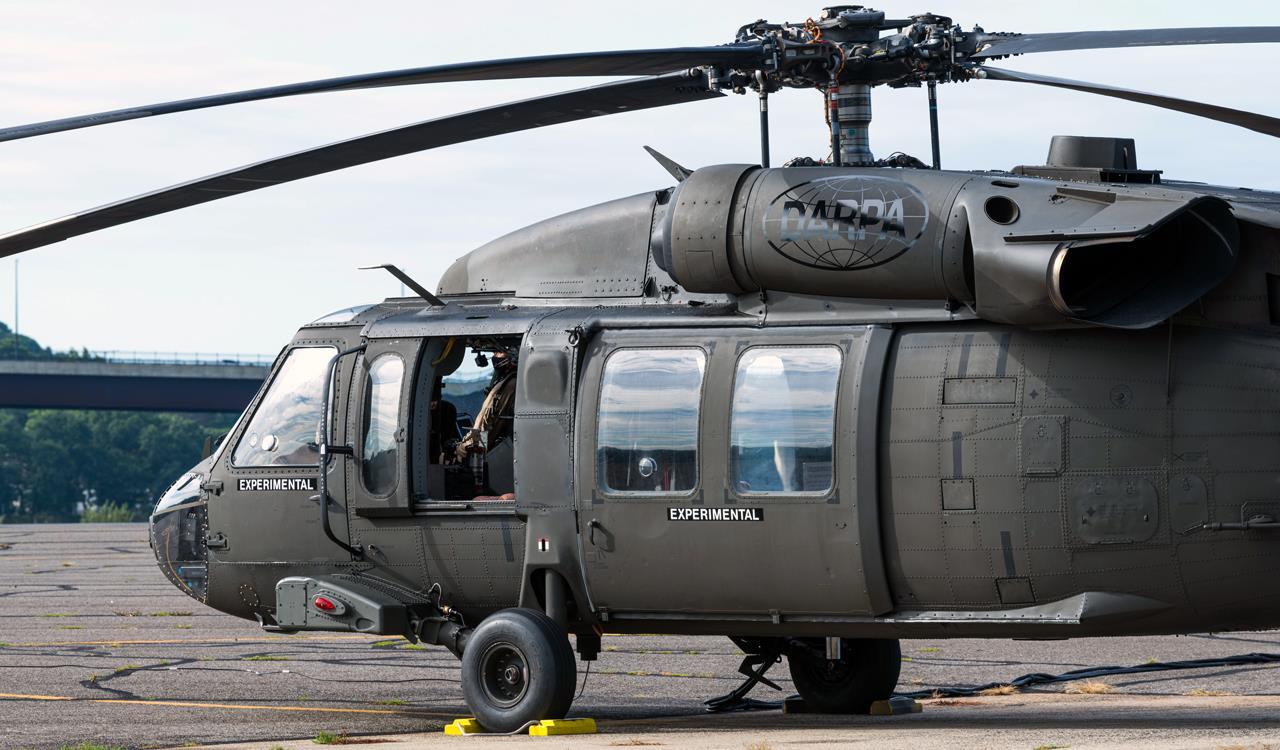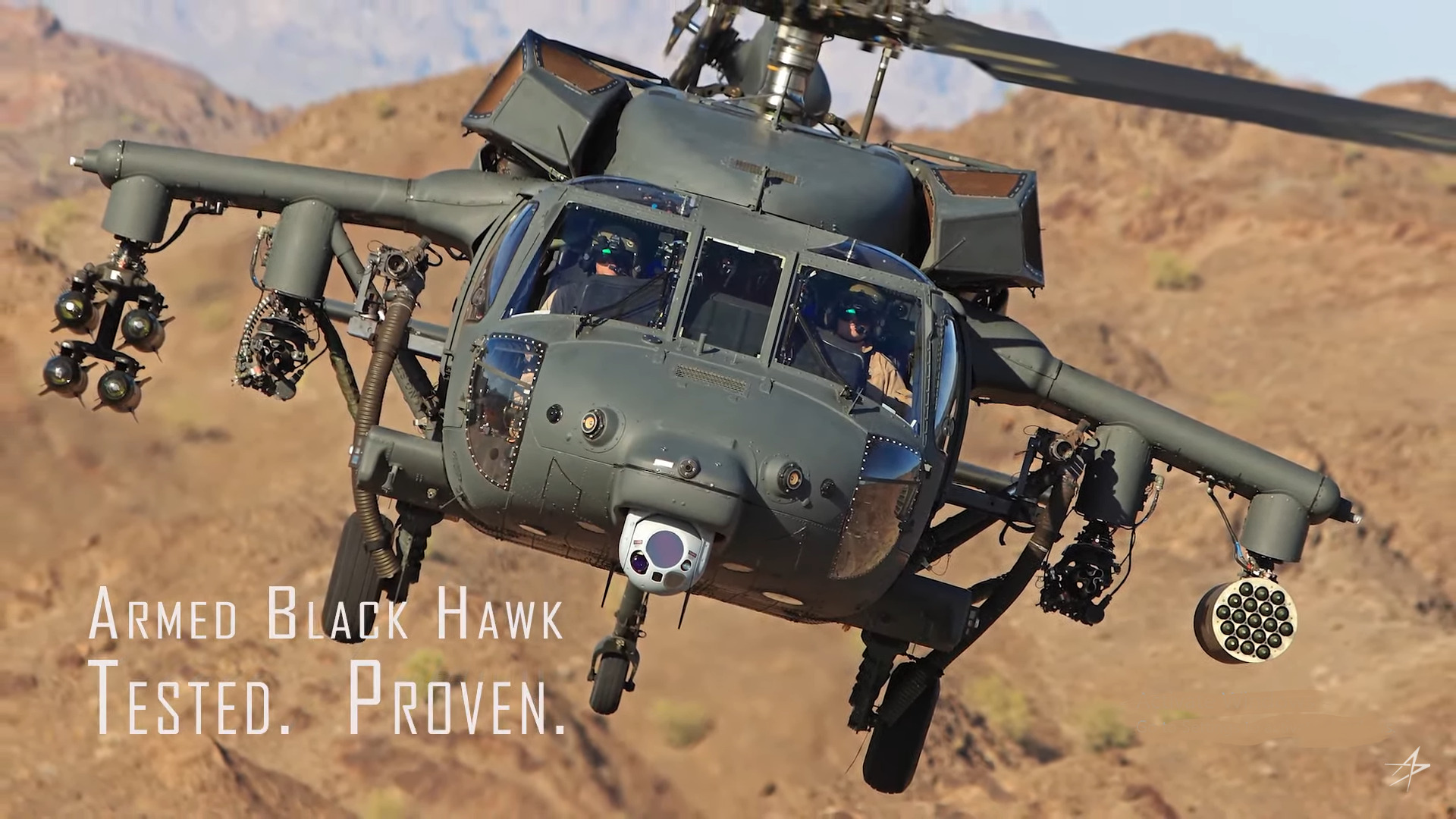Whatever You Need to Know Concerning the UH 60 Helicopter
The UH-60 helicopter, a foundation of U.S. Army aviation considering that its launching in 1979, stands for a remarkable mix of engineering and functional versatility. Recognized for its phenomenal speed and variety, the UH-60 has actually been adapted for different missions, from army transport to clinical discharge. As armed forces needs advance, so as well does the helicopter, with continuous improvements focused on improving its capabilities and incorporating contemporary innovations. To fully value the significance of the UH-60 in modern military operations, one have to consider its history, layout, and the future advancements that can redefine its role.
Background of the UH-60
Developed in the late 1970s, the UH-60 Black Hawk helicopter became a response to the U.S. Army's requirement for a functional utility helicopter that could carry out a range of missions under tough problems. The catalyst for its style was the imperfections identified in the earlier helicopters used throughout the Vietnam Battle, specifically in terms of speed, ability to move, and survivability.
The Black Hawk was designed by Sikorsky Aircraft, including advanced innovations and materials to improve its efficiency and durability. It was formally introduced into service in 1979, swiftly ending up being a crucial possession for military procedures - uh 60. Its capability to transfer troops, medical evacuation, and logistical support in both combat and humanitarian goals made the Black Hawk an indispensable element of the U.S. Military's aeronautics fleet
Throughout the years, the UH-60 has actually been continuously updated, adapting to the transforming nature of warfare and the progressing requirements of modern military operations. Its functional history consists of engagement in major problems, peacekeeping goals, and catastrophe relief efforts, solidifying its credibility as a effective and reputable helicopter in various environments worldwide.

Layout and Specs
The design of the UH-60 Black Hawk helicopter constantly reflects a dedication to functional efficiency and flexibility. Created by Sikorsky Aircraft, this medium-lift utility helicopter includes a smooth, wind resistant fuselage that boosts speed and maneuverability. Its tandem rotor system, identified by two counter-rotating blades, minimizes resonance and enhances lift capacity, enabling safer procedures in varied settings.
The UH-60 is powered by two T700-GE-701C turboshaft engines, providing a maximum rate of around 180 knots and a series of around 400 nautical miles. Its robust airframe is constructed from sophisticated composite products, ensuring longevity while preserving a fairly reduced weight. The helicopter has an optimum gross weight of about 22,000 extra pounds, supporting a functional payload setup.

Roles and Goals
A versatile platform, the UH-60 Black Hawk helicopter serves a multitude of functions and goals within armed forces procedures. Created primarily for troop transportation, it can bring as much as 11 soldiers, making it a vital property for quick implementation and logistical assistance.
Along with troop transportation, the UH-60 stands out in clinical evacuation (MEDEVAC) objectives, furnished with sophisticated clinical devices to give vital care throughout transportation. Its capacity to run in varied atmospheres boosts its effectiveness in combat search and rescue (CSAR) operations, where speedy removal of employees is vital.
The helicopter additionally plays a considerable function in reconnaissance and security goals, making use of onboard sensors and equipment to debrief. Moreover, its convenience prolongs to logistical support, efficient in carrying products and tools to onward running bases - uh 60.
In combat procedures, the UH-60 can be equipped with various tool systems, enabling it to supply close air support. Its multi-role capability makes the Black Hawk an indispensable tool for modern-day army pressures, adapting effortlessly to the evolving needs of combat zone circumstances and guaranteeing objective success across a series of functional contexts.
Efficiency and Abilities
Understood for its robust efficiency, the UH-60 Black Hawk helicopter boasts impressive capabilities that boost its functional effectiveness throughout various missions. uh 60. This multi-role aircraft is equipped with powerful twin-engine Turbomeca Arriel 1D1 engines, supplying phenomenal speed and maneuverability, with a maximum cruise ship speed of about 150 knots and an operational variety of around 400 nautical miles
The Black Hawk's innovative avionics and fly-by-wire control systems substantially improve trip security and handling, allowing it to run in diverse environments, consisting of adverse weather. Its adaptability is more exemplified by its capacity to lug as much as 11 fully outfitted troops or a haul of around 8,000 pounds, making it ideal for army transport, clinical discharge, and logistical support missions.
Furthermore, the UH-60 is made for survivability, featuring strengthened airframes, ballistic protection for staff and passengers, and advanced countermeasure systems to avert threats. The helicopter's dexterity and speed, integrated with its ability for rapid release, make it a crucial asset in contemporary armed forces procedures, making sure that it remains a crucial element of tactical air assistance and battleground wheelchair.
Future Dope

One considerable focus is the assimilation of sophisticated avionics systems, which will boost situational understanding via improved navigating and communication capabilities. This consists of the possible use expert system to assist pilots in decision-making and goal planning.
Moreover, future versions may include advanced products and design attributes to bolster the helicopter's resilience and lower its go to this web-site radar signature, boosting survivability in objected to settings.
The introduction of hybrid-electric propulsion systems is also coming up, aiming to enhance gas effectiveness and decrease logistical worries. Such developments can expand operational array and reduce the helicopter's ecological footprint.

Final Thought
The UH-60 helicopter represents a significant advancement in army aeronautics since its intro in 1979. Its robust layout, flexible capabilities, and constant upgrades ensure its significance in various operational roles, consisting of troop transportation and clinical evacuation. As technology proceeds, future advancements will likely improve its performance with the integration browse around this web-site of expert system and hybrid-electric systems. The UH-60's sustaining visibility highlights its essential function in modern-day military procedures and highlights the continuous advancement of armed forces aeronautics modern technology.
The UH-60 helicopter, a keystone of U.S. Army aeronautics because its launching in 1979, stands for an amazing blend of design and functional flexibility. As armed forces needs progress, so too does the helicopter, with continuous innovations aimed at boosting its capabilities and integrating contemporary innovations.The design of the UH-60 Black Hawk helicopter continually mirrors a commitment here are the findings to operational efficiency and versatility. Developed by Sikorsky Airplane, this medium-lift utility helicopter includes a streamlined, wind resistant body that improves rate and ability to move.The UH-60 helicopter represents a considerable improvement in military aviation considering that its intro in 1979.